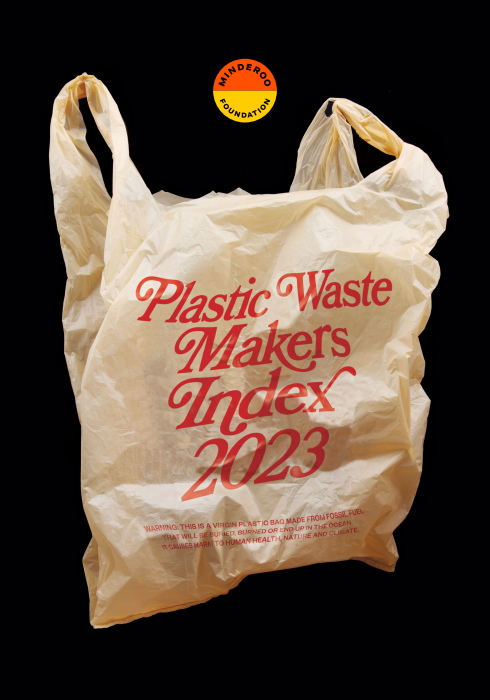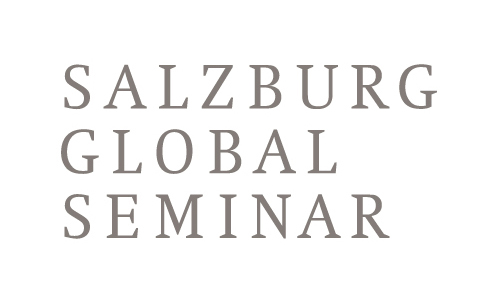Despite increased awareness and regulation, the Plastic Waste Makers Index 2023 reveals that single-use plastic waste and its associated greenhouse gas emissions are at an all-time high. In this sense, the report identifies the largest greenhouse gas emitters as the biggest producers of polymers for single-use plastics. Thus, it calls for immediate action to address the plastic waste crisis and its climate impact, emphasizing the need to stop new plastic production and increase the use of recycled plastic waste.
Growing Problem
- Breakdown: The 6 million metric ton increase translates to roughly 16.5 million additional garbage trucks of plastic waste compared to 2019. This alarming growth happens despite public awareness campaigns, policy initiatives, and even some corporate commitments.
- Regional disparities: The waste burden falls disproportionately on developing countries, often lacking proper waste management infrastructure.
- Environmental consequences: Increased plastic waste pollutes oceans, harms wildlife, and contributes to microplastic contamination in our food and water systems.
New Insights on Emissions
- Quantifying hidden impact: estimates the cradle-to-grave greenhouse gas emissions from single-use plastics, revealing a significant hidden environmental cost. The production, transportation, use, and disposal of these plastics contribute substantially to climate change.
- Highlighting the urgency: adds another layer to tackling plastic pollution, as it goes beyond visible litter and directly impacts global warming.
Ranking of Companies
- Transparency and accountability: aims to hold major plastic producers accountable by ranking them based on their plastic waste footprint, transparency in reporting, and commitment to reducing pollution.
- Leaders and laggards: unveils which companies are taking steps and which are falling behind. This information empowers investors, stakeholders, and consumers to make informed choices.
Plastic Waste Makers Index 2023 Sections
Chapter 1
Delves into single-use plastics’ supply and demand dynamics. It meticulously analyzes the environmental impacts, sustainability commitments, and the effectiveness of policies. The need for transparency and a comprehensive understanding of the market is underlined in light of the growing global consumption and production of plastics.
This understanding is crucial to effectively address the environmental and social implications that accompany plastic production and use. Ultimately, this chapter sets the stage for a detailed examination of the complex issues surrounding single-use plastics.
Chapter 2
The significant carbon footprint of single-use plastics, from production to disposal, is thoroughly discussed. It emphasizes the urgent need to address the climate implications of plastic waste. Furthermore, it advocates for a shift towards more sustainable and circular plastic production and consumption models to mitigate their impact on climate change.
Chapter 3
Discusses the integral role of recycling in managing plastic waste. It highlights the challenges in scaling up recycling, simultaneously pointing out the need for improved collection and sorting of plastic waste. Additionally, it underscores the importance of transparency in transitioning to a circular production model. Ultimately, it emphasizes that these issues must be addressed to enhance recycling’s impact on reducing plastic waste.
Chapter 4
Takes a deep dive into the plastics industry’s transition towards a circular production and consumption model. Firstly, it highlights advancements like bottle-to-bottle recycling. However, it also emphasizes the industry’s reliance on fossil fuels and circularity lags.
Furthermore, the chapter underscores the need for transparency, thorough comprehension of the circular plastics economy, and government interventions to foster investment in recycling and other circular solutions. Above all, it stresses the need for industry, finance, and policymakers collaboration to transition to a circular plastics economy successfully.
Key findings
The Plastic Waste Makers Index highlights several critical aspects of the plastics industry and its environmental and economic impact. These findings include:
- Dependence on Single-Use Plastics: Twenty of the top 50 polymer producers rely on single-use plastics for over 20% of their group revenue, demonstrating a significant financial dependence on these materials.
- Circularity Commitments: While some companies have set more ambitious circularity commitments, with targets for recycled content by 2025 and 2030, these commitments often lack detailed plans and costed implementation strategies, and their circularity credentials remain uncertain.
- Industry Progress: Thirty of the top 50 polymer producers have made considerable progress in aligning their strategies with the transition to a circular economy by committing to recycling targets and investing in circular plastics research and development.
- Regulatory Pressures and Economic Risks: The evolving policy landscape, including new legislation and global negotiations, presents economic risks for petrochemical companies that rely on the demand for virgin single-use plastics for growth.
- Need for Action and Transparency: The industry is encouraged to go beyond good intentions and take tangible actions towards circular plastics production. A universally adopted reporting framework is essential to monitor and evaluate progress, as most petrochemical companies lack clarity and transparency on recycled content targets.
The transition towards a sustainable and circular model in the plastics industry presents both challenges and opportunities. For instance, regulatory interventions, transparency, and coordinated efforts are crucial to mitigating the environmental and economic impacts of plastic waste.
Recommendations
The Plastic Waste Makers Index 2023 provides recommendations for different stakeholders, including polymer producers and investors. Accordingly, here is a summary of the recommendations for each stakeholder group:
Polymer Producers:
- Limit fossil fuel plastic production and consumption by including Scope 1, 2, and 3 emissions from plastic polymers in net zero climate targets and strategies. Also, actively engage with investees to stop building new fossil fuel-based polymer facilities or divest.
- Increase plastic products and materials designed for circularity and circulation in practice by setting a minimum 20% target for recycled vs. fossil fuel feedstock in polymer production by 2030.
- Invest in or partner with plastic waste collection, sorting, and recycling systems to eliminate plastic leakage into the environment across its lifecycle. Still, this should be done through environmentally sound waste management, focusing on countries with high plastic leakage rates.
Investors:
- Engage with investees or use voting rights to prevent the construction of new fossil fuel-based polymer facilities or consider divestment.
- Demand clear, ambitious, and time-bound targets from all producers for the ratio of recycled materials versus fossil fuel feedstock in polymer production.
- Publicly support policies that promote favorable economic conditions for increased plastic collection, sorting, and recycling investments.




